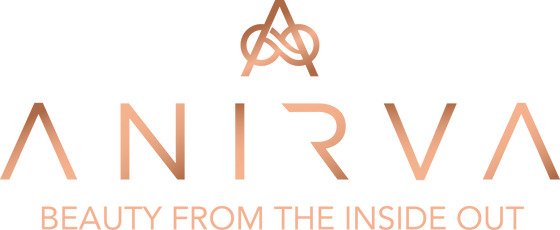LYCOPENE
Oral and Systemic Photoprotection.

Oral and systemic photoprotection.
Author: Chen AC1, Damian DL, Halliday GM.
Abstract
Photoprotection can be provided not only by ultraviolet (UV) blockers but also by oral substances. Epidemiologically identified associations between foods and skin cancer and interventional experiments have discovered mechanisms of UV skin damage. These approaches have identified oral substances that are photoprotective in humans. UV inhibits adenosine triphosphate (ATP) production causing an energy crisis, which prevents optimal skin immunity and DNA repair. Enhancing ATP production with oral nicotinamide protects from UV immunosuppression, enhances DNA repair and reduces skin cancer in humans. Reactive oxygen species also contribute to photodamage. Nontoxic substances consumed in the diet, or available as oral supplements, can protect the skin by multiple potential mechanisms. These substances include polyphenols in fruit, vegetables, wine, tea and caffeine-containing foods. UV-induced prostaglandin E2 (PGE2 ) contributes to photodamage. Nonsteroidal anti-inflammatory drugs and food substances reduce production of this lipid mediator. Fish oils are photoprotective, at least partially by reducing PGE2 . Orally consumed substances, either in the diet or as supplements, can influence cutaneous responses to UV. A current research goal is to develop an oral supplement that could be used in conjunction with other sun protective strategies in order to provide improved protection from sunlight.



















